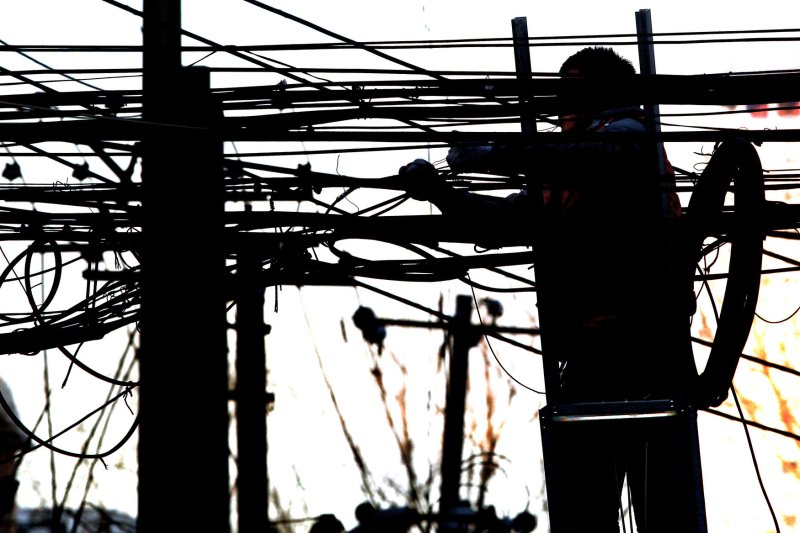OAK RIDGE, Tenn., July 29 (UPI) -- Climate change is likely to expose electric grids to new threats. Researchers say electrical engineers and those who manage America's electrical grid need prepare for emerging vulnerabilities.
Scientists at Oak Ridge National Laboratory have developed new analysis strategies for identifying the parts of the electric grid that are most vulnerable to extreme weather.















